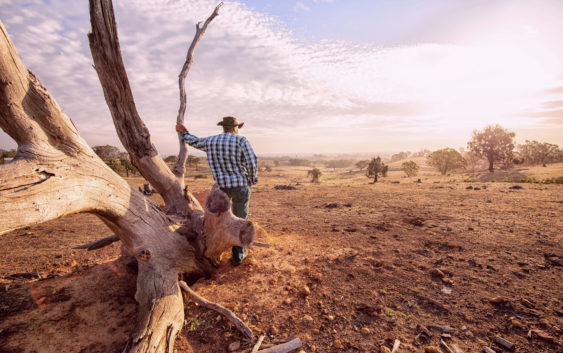- Texas’ biggest wildfire started a year ago. How does the Panhandle look now?
- To her, Hurricane Helene debris isn’t trash. It is full of memories — and she’s returning them
- Bills introduced a year after state’s largest blaze seek to limit wildfires
- A year after Texas’ largest wildfire, Panhandle residents tugged between hope and anxiety
- Another $500M for Hurricane Helene relief in North Carolina passes key hurdle
5 things to know about the Texas drought: Wildfires, relief and more

Most of the state of Texas is in some level of drought, according to the U.S. Drought Monitor. Data from the U.S. Drought Monitor shows that 95.7% of the state is “abnormally dry,” which can lead to the postponement of planting and elevated risk of grass fires.
Here are five things to know about the drought in Texas.
Two-fifths of the state is in “extreme drought”
Slightly more than 40% of Texas is experiencing an “extreme drought” or higher rating designation, according to the U.S. Drought Monitor. This level of drought can lead to sand and dust storms, decreased yields for crops and increased need for supplemental feed, nutrients, protein and water for livestock.
Additionally, 6.2% of the state is in an “exceptional drought,” which includes comparatively worse conditions than the extreme drought, the U.S. Drought Monitor shows.
Exceptional drought conditions can lead to widespread crop loss, significant financial loss across various industries and “extreme sensitivity” to fire danger, according to the U.S. Drought Monitor.
The drought affects millions of Texans
About 18,057,500 Texans are affected by the drought conditions, according to the U.S. Drought Monitor. That’s more than three-in-five Texans are affected by the drought out of the roughly 29.1 million Texans, based on U.S. Census data.
There are 169 out of the 254 counties in Texas with a U.S. Department of Agriculture disaster designation, the U.S. Drought Monitor shows. Disaster designations allow counties to access various relief efforts, including emergency loans and assistance programs, according to the USDA.
Droughts are affecting people across the U.S.
Texas isn’t the only state dealing with drought conditions. A little more than 58% of the nation is at least abnormally dry, according to the U.S Drought Monitor, with 14.3% experiencing an extreme drought and 1.6% experiencing an exceptional drought.
Other states with high levels of drought include California, Oregon, Montana, Nevada, New Mexico and Oklahoma, the drought map shows.
Droughts are leading to wildfires in Texas
There are 53 active wildfires in Texas burning more than approximately 237,227 acres in the state, according to the Texas Wildfire Incident Response Team. The largest fire, involving 60,000 acres, is in South Texas in Borrega.
Droughts can be a contributing factor for wildfires, according to the National Integrated Drought Information System.
Ways to prevent wildfires
As drought conditions continue, and with it the risk of wildfires, there are ways Texans can reduce the risk of more fires. According to the Texas Division of Emergency Management, Texans should avoid driving over tall grass, keep a fire extinguisher nearby and heed guidance from local officials.
As of March 30, there were elevated-to-critical fire weather conditions in the Panhandle, South Plains, border region, South Texas, Central Texas and Texas coast.